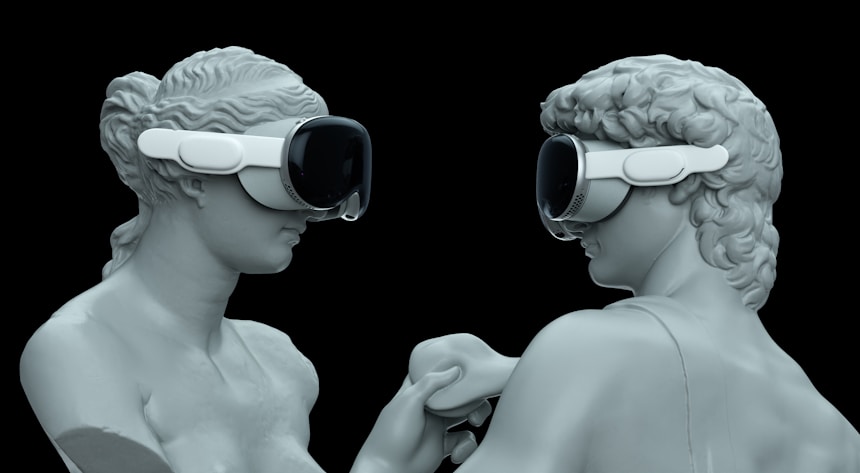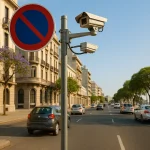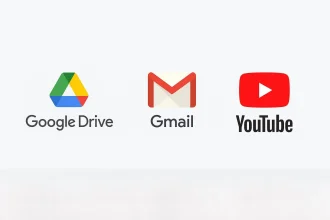The conversation about the metaverse has ceased to be a futuristic promise and has become a testing ground: parallel worlds, avatars, and virtual economies where we spend hours, create, and consume. But today we're talking about something broader: the digital multiverse , an ecosystem of interconnected universes that transforms, fragments, and reconfigures our online identity . What does it mean to be "me" when I can have five avatars, an NFT portfolio, and a different reputation on each platform?
- Introduction: From a single profile to multiple fingerprints
- What is the digital multiverse and why does identity matter?
- Fragmentation vs. coherence: contradiction or richness?
- Risks: privacy, impersonation and emotional economy
- How to manage a coherent identity in the digital multiverse?
- What role do platforms and regulations play?
- Conclusion: Building Identities with Intention
Introduction: From a single profile to multiple fingerprints
Once, a profile picture and a name were enough. Now, identity is more like a wardrobe: we choose outfits for every occasion, from the LinkedIn business suit to the glowing costume for a VRChat . This multiplicity raises practical and existential questions: Are we the sum of our digital versions or something distinct? As the digital multiverse grows, so does the need to manage coherence, privacy, and authenticity.
What is the digital multiverse and why does identity matter?
The digital multiverse isn't just a single world replicated in 3D; it's multiple digital environments —social networks, virtual reality platforms, game worlds, and digital asset markets—that coexist and, in some cases, interconnect.
Elements that define the new online identity
- avatars in virtual worlds.
- Digital assets like NFTs that represent belonging or achievement.
- Reputation based on social interactions and transactions.
- Behavioral data that feeds algorithms.
Each element builds a part of a personal narrative. As a journalist covering technology, I often see how a single action—a tweet, a purchase on a digital marketplace—can alter a person's public perception in various settings.
Fragmentation vs. coherence: contradiction or richness?
Identity fragmentation can seem problematic: having multiple profiles carries the risk of inconsistencies. However, it's also an opportunity to explore roles, experiment without immediate repercussions, and find more like-minded communities. Think of identity as a novel with distinct chapters: each digital universe contributes a different plot that, together, forms a complex work.
“In the multiverse, each avatar writes a different chapter of the same biography,” one might say.
This metaphor helps us understand why some people separate the professional from the recreational, or why others prefer absolute anonymity in certain spaces.
Risks: privacy, impersonation and emotional economy
With opportunities come vulnerabilities. Among the most pressing challenges are:
- Privacy: The amount of data generated in virtual worlds exceeds what current laws regulate .
- Phishing: Stolen avatars or cloned accounts can damage reputations across multiple platforms.
- Emotional economy: Digital validation—likes, tokens, NFT sales—can influence emotional well-being.
Real-life example: A content creator who cultivated a community on a virtual reality platform saw her avatar copied and marketed without consent in another universe, damaging her income and confidence.
How to manage a coherent identity in the digital multiverse ?
There is no single formula, but there are good practices:
- Define intentions for each space: is it professional, creative, or intimate?
- Use identity resolution: mechanisms that allow you to link or separate identities as appropriate.
- Strengthen security: strong authentication and control over what data you share.
- Maintain a central narrative: a personal story that runs through your profiles and provides coherence.
- Useful tools:
– Secure digital wallets.
– Decentralized identity managers.
– Personal publishing policies.
What role do platforms and regulations play?
Platforms determine the rules of the game: what data is stored, how assets are sold, and how communities are governed. Meanwhile, regulation lags behind the speed of innovation. We need frameworks that protect digital rights without stifling creativity. Should there be international standards on digital identity? The answer likely lies in agreements that combine legislation, technical standards, and community governance.
Conclusion: Building Identities with Intention
We've entered an era where online identity is modular, dynamic, and political. The shift from the metaverse to the digital multiverse means that every virtual choice has real repercussions. If identity was once a calling card, today it's a workshop in constant remodeling.
- How do you want to be remembered in each universe?
- What stories do you want your avatars to tell?
I invite you to reflect and take action: review your permissions, secure your accounts, and define the narrative you want to project. Share this article if you found it useful, and tell me: what version of yourself would you like to explore in the next digital universe?



















